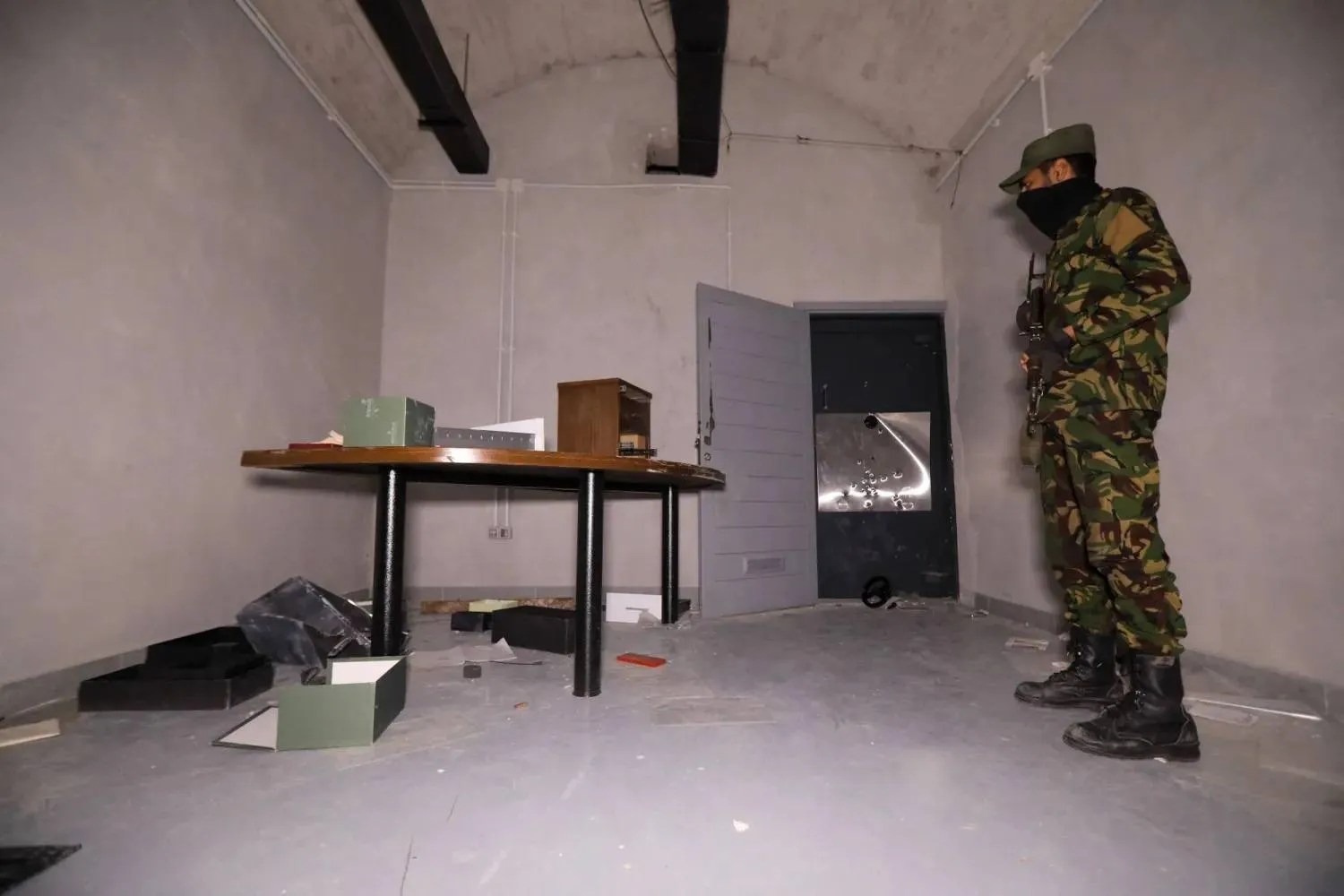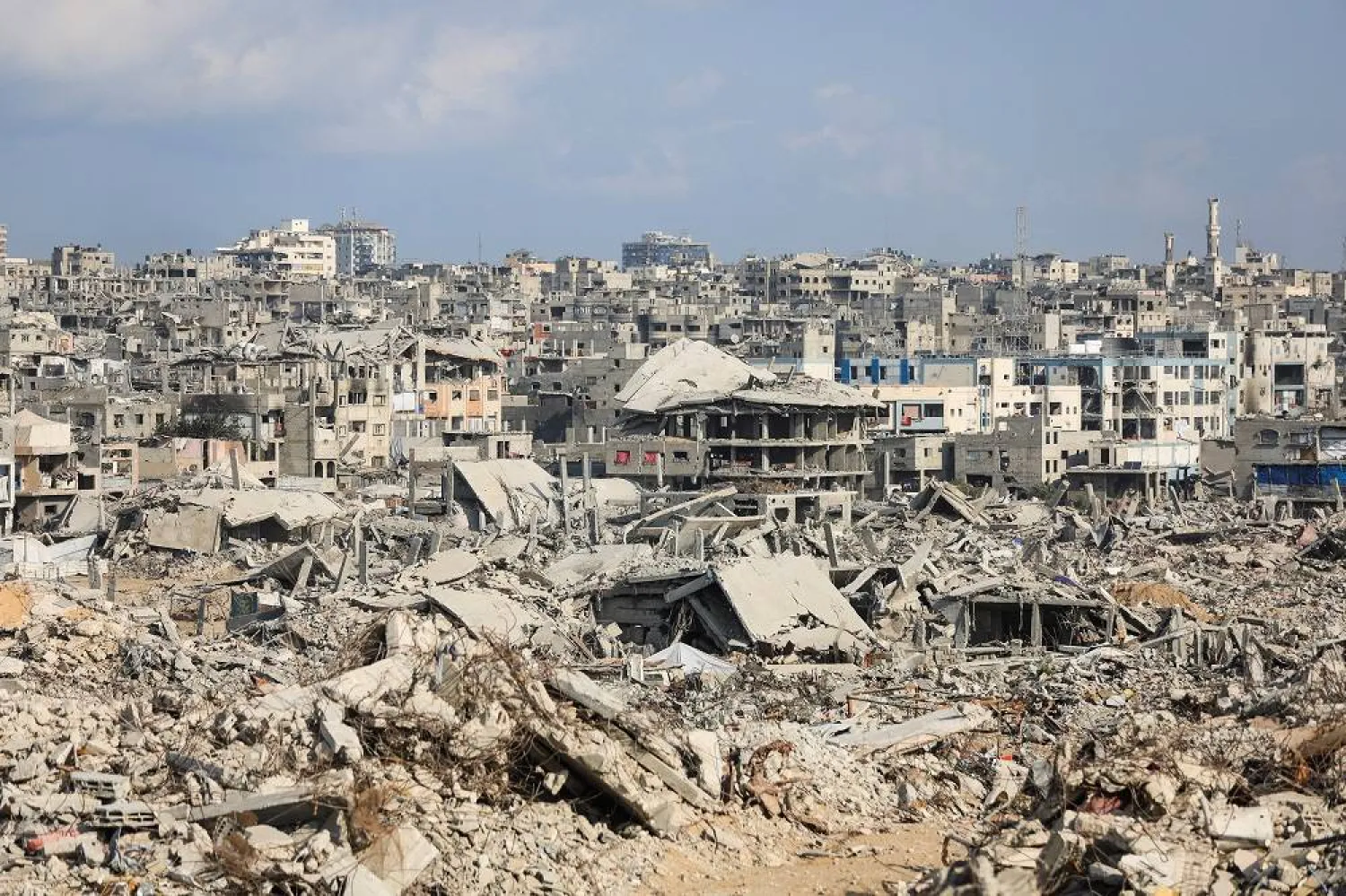The streets of Tehran are empty, businesses closed, communications patchy at best. With no bona fide bomb shelters open to the public, panicked masses spend restless nights on the floors of metro stations as strikes boom overhead.
This is Iran’s capital city, just under a week into a fierce Israeli blitz to destroy the country's nuclear program and its military capabilities. After knocking out much of Iran's air defense system, Israel says its warplanes have free rein over the city's skies. US President Donald Trump on Monday told Tehran's roughly 10 million residents to evacuate “immediately.”
Thousands have fled, spending hours in gridlock as they head toward the suburbs, the Caspian Sea, or even Armenia or Türkiye. But others — those elderly and infirm — are stuck in high-rise apartment buildings. Their relatives fret: what to do?
Israeli strikes on Iran have killed at least 585 people and wounded over 1,300, a human rights group says. State media, also a target of bombardment, have stopped reporting on the attacks, leaving Iranians in the dark. There are few visible signs of state authority: Police appear largely undercover, air raid sirens are unreliable, and there’s scant information on what to do in case of attack.
Shirin, 49, who lives in the southern part of Tehran, said every call or text to friends and family in recent days has felt like it could be the last.
“We don’t know if tomorrow we will be alive,” she said.
Many Iranians feel conflicted. Some support Israel's targeting of Iranian political and military officials they see as repressive. Others staunchly defend the country and retaliatory strikes on Israel. Then, there are those who oppose Iran’s rulers, but still don't want to see their country bombed.
To stay, or to go? The Associated Press interviewed five people in Iran and one Iranian American in the US over the phone. All spoke either on the condition of anonymity or only allowed their first names to be used, for fear of retribution from the state against them or their families.
Most of the calls ended abruptly and within minutes, cutting off conversations as people grew nervous or because the connection dropped. Iran’s government has acknowledged disrupting internet access. It says it's to protect the country, though that has blocked average Iranians from getting information from the outside world.
Iranians in the diaspora wait anxiously for news from relatives. One, an Iranian American human rights researcher in the US, said he last heard from relatives when some were trying to flee Tehran earlier in the week. He believes that lack of gas and traffic prevented them from leaving.
The most heartbreaking interaction, he said, was when his older cousins with whom he grew up in Iran told him “We don’t know where to go. If we die, we die.”
“Their sense was just despair,” he said.
Some families have made the decision to split up.
A 23-year-old Afghan refugee who has lived in Iran for four years said he stayed behind in Tehran but sent his wife and newborn son out of the city after a strike Monday hit a nearby pharmacy.
“It was a very bad shock for them,” he said.
Some, like Shirin, said fleeing was not an option. The apartment buildings in Tehran are towering and dense. Her father has Alzheimer’s and needs an ambulance to move. Her mother's severe arthritis would make even a short trip extremely painful.
Still, hoping escape might be possible, she spent the last several days trying to gather their medications. Her brother waited at a gas station until 3 a.m., only to be turned away when the fuel ran out. As of Monday, gas was being rationed to under 20 liters (5 gallons) per driver at stations across Iran after an Israeli strike set fire to the world's largest gas field.
Some people, like Arshia, said they are just tired.
“I don’t want to go in traffic for 40 hours, 30 hours, 20 hours, just to get to somewhere that might get bombed eventually,” he said.
The 22-year-old has been staying in the house with his parents since the initial Israeli strike. He said his once-lively neighborhood of Saadat Abad in northwestern Tehran is now a ghost town. Schools are closed. Very few people even step outside to walk their dogs. Most local stores have run out of drinking water and cooking oil. Others closed.
Still, Arshia said the prospect of finding a new place is too daunting.
“We don’t have the resources to leave at the moment,” he said.
Residents are on their own
No air raid sirens went off as Israeli strikes began pounding Tehran before dawn Friday. For many, it was an early sign civilians would have to go it alone.
During the Iran-Iraq war in the 1980s, Tehran was a low-slung city, many homes had basements to shelter in, and there were air raid drills and sirens. Now the capital is packed with close-built high-rise apartments without shelters.
“It's a kind of failing of the past that they didn’t build shelters,” said a 29-year-old Tehran resident who left the city Monday. “Even though we’ve been under the shadow of a war, as long as I can remember.”
Her friend's boyfriend was killed while going to the store.
“You don’t really expect your boyfriend or your anyone, really to leave the house and never return when they just went out for a routine normal shopping trip,” she said.
Those who choose to relocate do so without help from the government. The state has said it is opening mosques, schools and metro stations for use as shelters. Some are closed, others overcrowded.
Hundreds crammed into one Tehran metro station Friday night. Small family groups lay on the floor. One student, a refugee from another country, said she spent 12 hours in the station with her relatives.
“Everyone there was panicking because of the situation,” she said. “Everyone doesn’t know what will happen next, if there is war in the future and what they should do. People think nowhere is safe for them.”
Soon after leaving the station, she saw that Israel had warned a swath of Tehran to evacuate.
“For immigrant communities, this is so hard to live in this kind of situation,” she said, explaining she feels like she has nowhere to escape to, especially not her home country, which she asked not be identified.
Fear of Iran mingles with fear of Israel
For Shirin, the hostilities are bittersweet. Despite being against the theocracy and its treatment of women, the idea that Israel may determine the future does not sit well with her.
“As much as we want the end of this regime, we didn’t want it to come at the hands of a foreign government,” she said. “We would have preferred that if there were to be a change, it would be the result of a people’s movement in Iran.”
Meanwhile, the 29-year-old who left Tehran had an even more basic message for those outside Iran:
“I just want people to remember that whatever is happening here, it’s not routine business for us. People’s lives here — people’s livelihoods — feel as important to them as they feel to anyone in any other place. How would you feel if your city or your country was under bombardment by another country, and people were dying left and right?”
“We are kind of like, this can’t be happening. This can’t be my life.”









